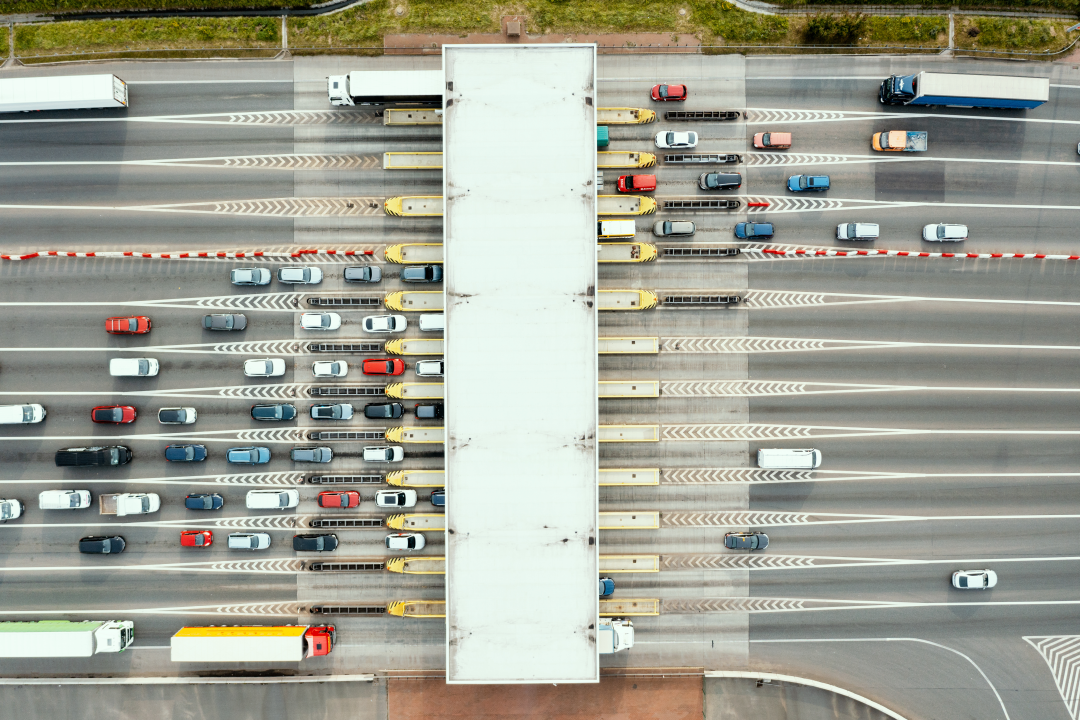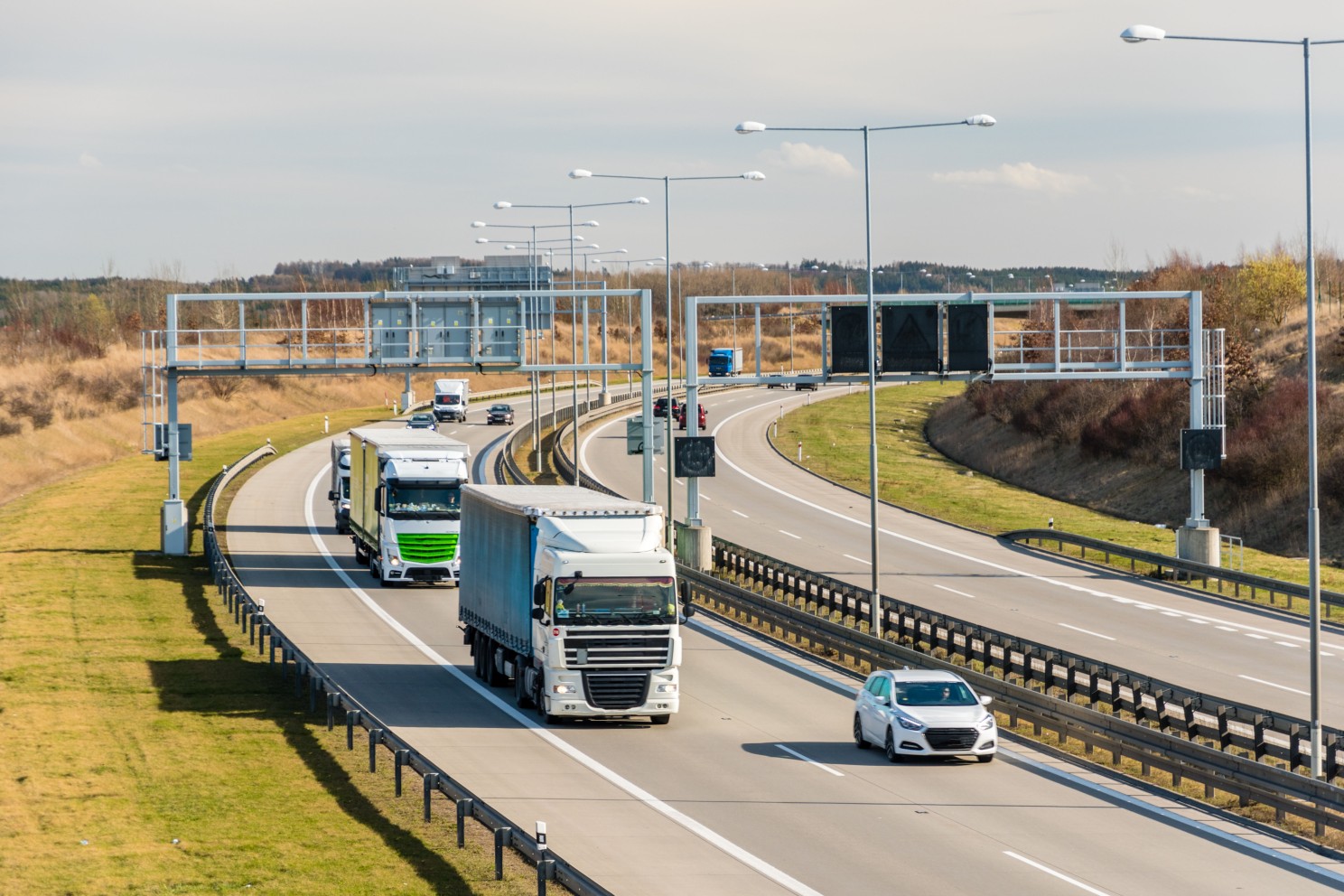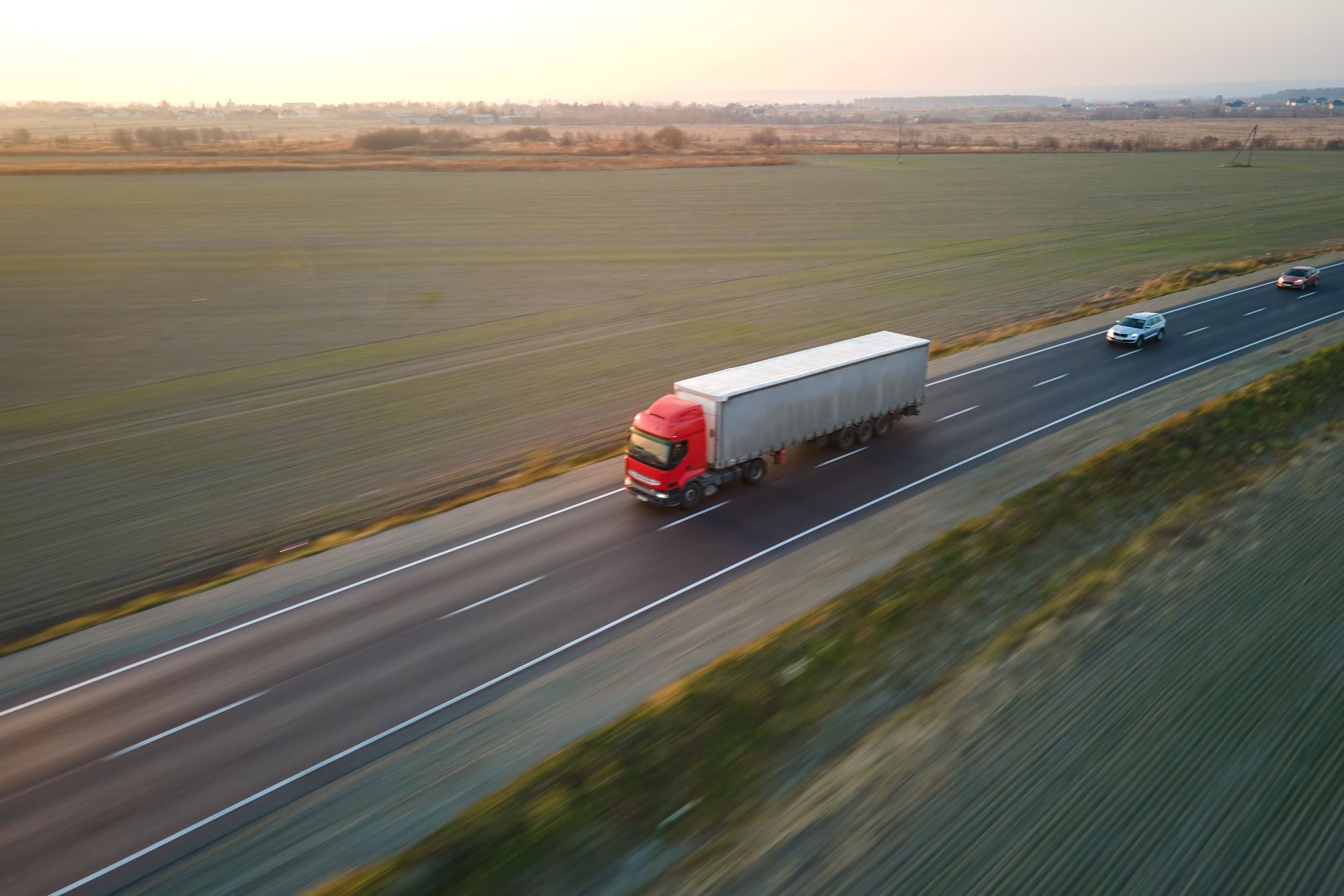
Susie Jones
Nuevas tarifas de peaje para camiones en Alemania
Creado: 12/08/2024
•
Actualizado: 12/08/2024
Con los continuos cambios en el sistema de peaje para camiones de Alemania, es fácil perderse entre las numerosas modificaciones y normativas. Casi el 83% de los desplazamientos locales de camiones, que cubren aproximadamente 200 kilómetros, se realizan ya por autopistas de peaje, lo que pone de manifiesto el impacto de los peajes alemanes en el gasto de las flotas.
Con la subida de las tarifas de peaje, estos nuevos cambios están afectando duramente a las empresas de flotas. Los cambios en los peajes de 2023 y 2024 son el resultado del apoyo del gobierno alemán a la Ley de Modificación de Peajes, que adopta las siguientes medidas:
Nuevas tarifas de peaje
Introducción de peajes por emisiones de CO2
Supresión de la exención de peaje para los vehículos de gas natural
Ampliación del peaje a los vehículos con un peso total autorizado superior a 3,5 toneladas.
1 de enero de 2023 cambios
Los peajes subieron a principios de 2023. Tres factores fueron decisivos:
Número de ejes
Clase de emisiones
Peso total admisible del conjunto de vehículos.
1 de diciembre de 2023 cambios
En diciembre se introdujeron las clases de emisiones de CO2 como nuevo criterio de tarificación. Se calcula un recargo de 200 euros por tonelada de emisiones de CO2, que se aplica a todos los vehículos con un peso total autorizado superior a 7,5 toneladas. Los importes individuales del recargo, además del peaje actual, dependen de la clase de emisión.
Clase 1 - Vehículos pesados con las emisiones de CO2 más elevadas y, por tanto, el recargo más alto posible. TollCollect, que recauda los peajes para camiones en Alemania, clasifica todos los vehículos matriculados en esta clase de emisiones; los operadores de flotas deben ponerse en contacto con ellos para solicitar una clasificación mejor si cumplen los requisitos.
Clases 2 y 3 - Ambas clases se asignan al introducir los datos del vehículo en el portal TollCollect.
Clase 4 - Camiones de bajas emisiones, por ejemplo, vehículos de gas natural.
Clase 5 - Camiones de emisiones cero.
1 de enero de 2024 cambios
El 1 de enero de 2024 dejó de aplicarse la exención de peaje para los vehículos propulsados por gas natural.
1 de julio de 2024 cambios
Deberán pagar peaje todos los vehículos con un peso total técnicamente admisible superior a 3,5 toneladas. Hay algunas excepciones a este nuevo cambio:
Vehículos sin emisiones con un peso total técnicamente admisible superior a 4,25 toneladas.
Vehículos industriales pesados sin emisiones - Esta exención es efectiva hasta finales de diciembre de 2025.
Vehículos utilizados por empresas comerciales - Aplicable a vehículos con un peso total inferior a 7,5 toneladas.

Prepare su flota para los cambios de julio
Antes del 1 de julio, deberá comprobar si sus vehículos están sujetos a peaje y, en caso afirmativo, cómo desea pagar el peaje.
Compruebe sus vehículos
Compruebe la primera parte del permiso de circulación del vehículo en el campo F1. Si su vehículo tiene una masa máxima en carga técnicamente admisible (MMCAR) superior a 3,5 toneladas, estará sujeto al pago del peaje. Los vehículos pesados con una masa máxima de carga técnicamente admisible igual o inferior a 3,5 toneladas no están sujetos al pago de peaje.
Combinaciones de vehículos - si el vehículo tractor tiene un TPMLM de más de 3,5 toneladas, está sujeto a peaje. Una combinación con un TPMLM más de 3,5 toneladas no estará sujeta a peaje si el vehículo tractor tiene un TPMLM de 3,5 toneladas o menos.
Los requisitos de peaje para vehículos se aplican a los vehículos destinados o utilizados para el transporte de mercancías por carretera.
Las empresas comerciales están exentas de peaje en determinadas condiciones.
Cómo pagar el peaje
La forma más cómoda de pagar es con una unidad a bordo (OBU) - proporcionada por Toll Collect, los proveedores del Servicio Europeo de Telepeaje (SET), o sus socios de ventas.
Pagar con un OBU requiere registrarse en Toll Collect y concertar una cita para la instalación - después de la instalación, configure el peso como "<7,5 toneladas". Con un OBU, el cobro automático se producirá en autopistas y carreteras federales a partir del 1 de julio de 2024.
También puede pagar el peaje en el sitio web de Toll Collect (https://www.toll-collect.de/en/tollcollect/tchomepage.html) o a través de su aplicación (https://apps.apple.com/gb/app/toll-collect-mauteinbuchung/id1321965602) antes de iniciar el viaje.
¿Está exento mi vehículo comercial de las nuevas tarifas de peaje alemanas?
Para poder acogerse a la exención de artesano, debe cumplirse lo siguiente:
Sólo los empleados de la empresa comercial pueden conducir el vehículo.
Los materiales, equipos o máquinas transportados deben ser necesarios para llevar a cabo los servicios y trabajos de la empresa comercial.
Los productos artesanales transportados deben producirse, transformarse o repararse en la empresa del artesano.
Puede registrar sus vehículos comerciales en línea en Toll Collect. Las empresas comerciales pueden encontrar más información sobre las excepciones en la página FAQ de Toll Collect.
¿Pueden circular los camiones los domingos en Alemania?
Para reducir el tráfico y mantener seguras las carreteras, se prohíbe circular a los camiones comerciales en determinadas horas. La prohibición se aplica los domingos, lo que significa que los camioneros con un camión de más de 7,5 toneladas no pueden moverlo de 12 de la mañana a 10 de la noche. Además, también hay prohibición de circular los siguientes días festivos:
Año Nuevo - 1 de enero
Viernes Santo - 18 de abril
Lunes de Pascua - 21 de abril
Día del Trabajo - 1 de mayo
Día de la Ascensión - 29 de mayo
Pentecostés - 8 de junio
Día de la Unificación Alemana - 3 de octubre
Navidad y Boxing Day - 25 y 26 de diciembre
Durante el principal periodo de vacaciones, del 1 de julio al 31 de agosto, la prohibición de conducir camiones se aplica los sábados, lo que significa que los camioneros no pueden circular entre las 7 de la mañana y las 8 de la tarde, cuando hay una alta frecuencia de vehículos en las carreteras.



